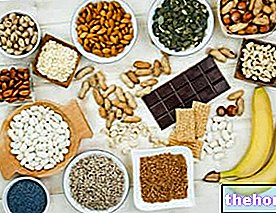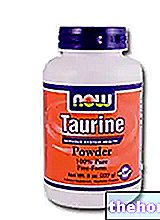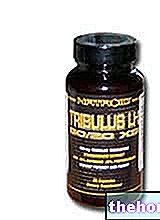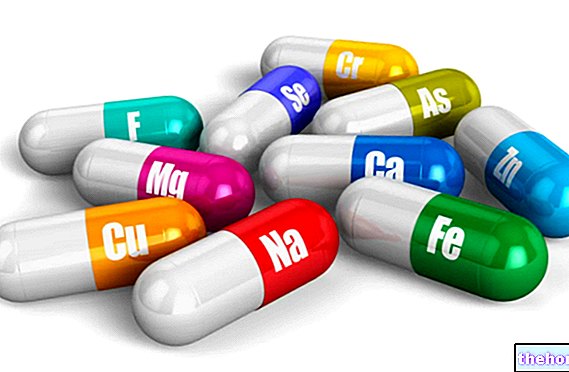The joint assumption of arginine and ornithine constitutes one of the most recent innovations in the field of dietary supplementation for athletes; based on what is mentioned in the labels of over-the-counter products, the association of arginine and ornithine seems to possess several indirect health characteristics, linked to the stimulus (or rather, to the optimization of physiological production) of Somatotropic Hormone or Somatotropin (English acronym GH) . Among these we remember:
- Improved muscle recovery
- Improvement of muscle trophism
- Reduction of adipose trophism
- Improvement of immune efficacy and efficiency
- Anti-aging action (for cell renewal of all tissues)

Based on the scientific evidence of the experiments, carried out with the aim of evaluating the real ergogenic and healthy capacities of the two single amino acids, the beneficial effects that supplement companies attribute to the association of arginine and ornithine are almost utopian; let's try to understand why.
Arginine is an essential amino acid ONLY for developing subjects, while in adults it is a semi-essential or conditionally essential. This means that the "organism" should be able to synthesize it from scratch ", but some pathological conditions or malnutrition (extreme or poorly balanced diets) could limit its production. The functions of arginine are manifold; among them we remember: nitric oxide precursor (vosodilating and immune system stimulating properties), creatine precursor, neoglucogenesis, ammonia chelator, GH stimulant in case of intravenous or enteral infusion with doses of 250mg / kg / day . Conversely, enteral doses> 30g / day of L-arginine can induce side effects such as: diarrhea, abdominal cramps and nausea.
Ornithine is often marketed in the form of alpha-keto-glutarate salt (OKG), but at the physiological level it is an intermediate molecule of the amino acid arginine (by the enzyme arginase); the combination of ornithine to the group keto-glutarate (obtained from the deamination of glutamine) was designed to improve its anabolic effect. The beneficial effects of OKG are documented and superimposable to those of arginine, but the field of application remains that of pathological and malnutrition with doses of 25g / day.
The joint intake of arginine and ornithine finds the same applications as the common supplements based on arginine, so it is recommended to take it before reaching the circadian (nocturnal) hormonal peak of GH.
Although the joint intake of arginine and ornithine can probably emphasize the quality of a food supplement, the effects that can be obtained through the "rational" integration of these products are not perceptible; the dosage limits completely nullify its application in the athletic and sports field. On the contrary, it seems that the results of some experiments come to discredit the effects of the joint assumption of arginine and ornithine in reference to the classic supplements based on arginine.




























